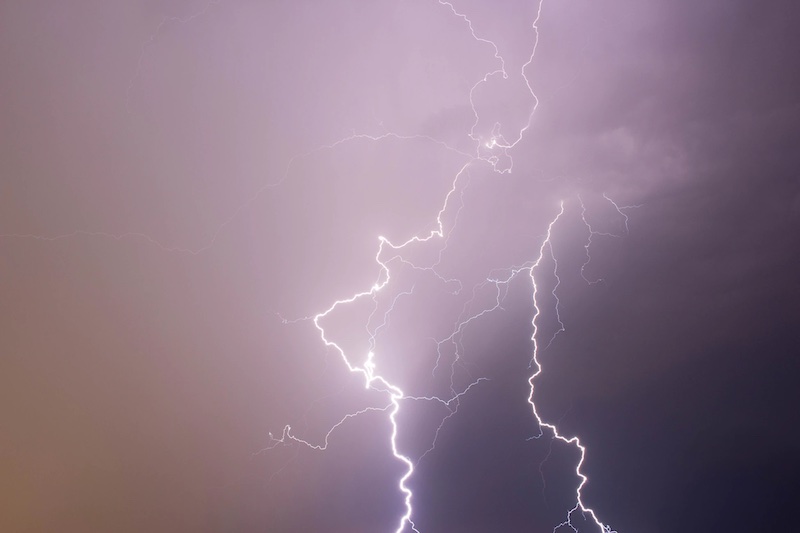During a cyclone
During a cyclone, safety is always the first priority.
You should enact the plans you made before the cyclone and follow the instructions of local authorities and emergency services.
If you are advised to evacuate, take your disaster supply kit, lock your house and follow evacuation instructions.
You should tell someone when you leave and where you are going and make sure to check in with local authorities, emergency services and ABC local radio for updates.
After a cyclone
The time immediately after a cyclone is often just as dangerous as the event. Don't go outside until authorities advise that the cyclone has passed and your region is safe. Don't be deceived by the apparent calm when the eye of the cyclone passes.
Immediate aftermath
- Safety is the priority - don’t do anything that puts anyone at risk.
- Only return to a property or vehicle when emergency services give the go ahead.
- If water has entered the property, don't turn on the electricity until it has been inspected by an electrician.
- Contact your insurance company as soon as possible to lodge a claim and seek guidance on the claims process.
- Do not drive a vehicle if it has suffered water damage.
Cleaning up after a cyclone or cyclone flood
If you've been given the go-ahead to return to your property, you can clean up if it's safe to do so, but check out these tips first.
- Before you start your cleanup, document the damage with photos and videos to support an insurance claim.
- Take photos before removing any water damaged or soaked items that may pose a health risk.
- Make a list of damaged items, including the brand, model and serial number if you can.
- Don't throw away items that could be repaired unless they pose a health risk.
- Speak to your insurer before you authorise any building work.











